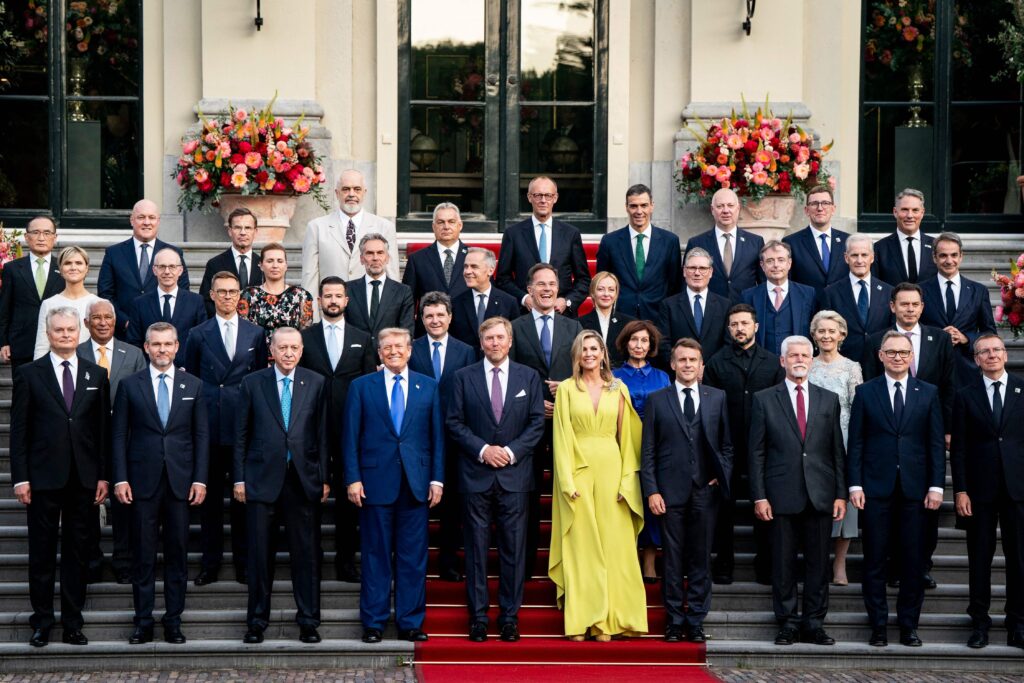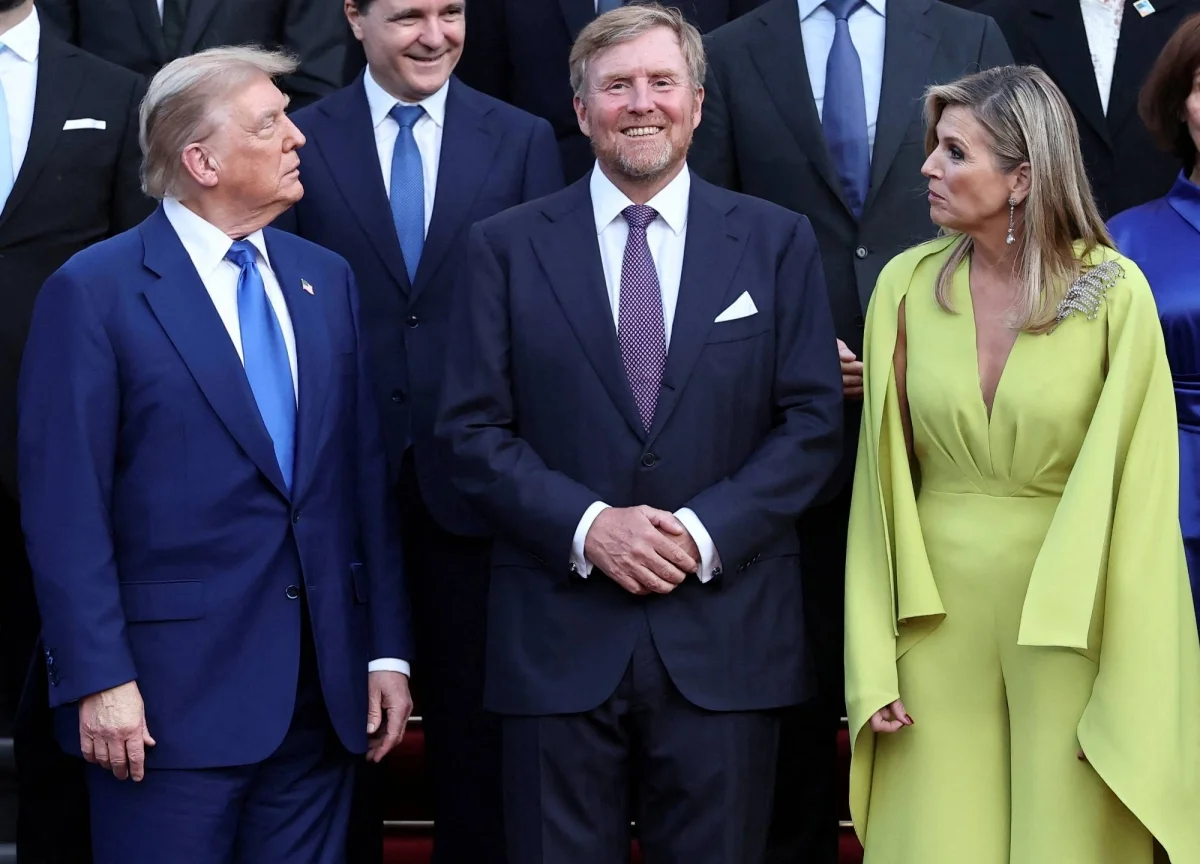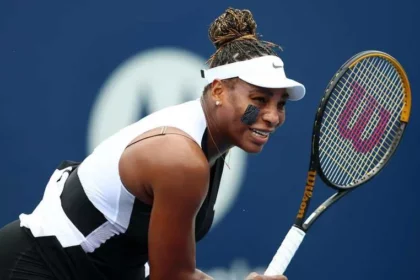THE HAGUE — U.S. President Donald Trump made a high-profile appearance at the NATO summit in The Hague on Tuesday, as alliance leaders seek to secure his commitment to collective defence amid ongoing geopolitical uncertainty. The summit, hosted by Dutch King Willem-Alexander at the Royal Palace, brought together leaders from NATO’s 32 member states to discuss global security, defence funding, and the war in Ukraine.
NATO Members Push for 5% GDP Defence Spending Target
In a strategic move to address Trump’s long-standing concerns about defence burden-sharing, NATO members are advancing a plan to allocate 5% of GDP to defence spending, with 3.5% earmarked for core military needs by 2035, and 1.5% for broader security efforts including cybersecurity and infrastructure.

This initiative is seen as vital not only to deter a resurgent Russia, which officials warn could be ready for aggression within five years, but also to keep the United States actively engaged in the alliance’s defence strategy.
“They’re going to be lifting it to five percent, that’s good. It gives them much more power,” Trump remarked, though he declined to clearly endorse Article Five, NATO’s mutual defence clause.
“Depends on your definition… I’m committed to being their friend,” he said aboard Air Force One.
Europe Responds to Regional Threats with Major Commitments
European leaders are stepping up defence efforts in light of Russian aggression in Ukraine:
- UK Prime Minister Keir Starmer pledged new support, announcing the purchase of 12 F-35A fighter jets for NATO’s nuclear mission.
- Germany committed to reaching 3.5% military spending by 2029, significantly ahead of schedule.
- Spain, however, hesitated to meet the full 5% goal, raising concerns about alliance unity.
European Commission President Ursula von der Leyen hailed the proposed defence spending as historic, calling it a sign that “Europe of defence has finally awakened.”
Tensions with Russia Mount as Ukraine Seeks Continued Support
Russia responded to the summit’s developments by accusing NATO of “rampant militarisation.” Kremlin spokesperson Dmitry Peskov criticized the defence buildup, calling it a threat to regional stability.
Meanwhile, Ukrainian President Volodymyr Zelensky is present in The Hague but will not attend NATO’s main working session. Instead, he is expected to meet with Trump privately to discuss additional air defence aid and stronger sanctions on Russia.
“There are no signs that Putin wants to stop this war,” Zelensky said at a defence forum held alongside the summit. “Russia rejects all peace proposals, including those from the U.S.”
Despite Trump’s historical skepticism toward NATO and his past conflicts with Zelensky, alliance leaders are determined to show unity in supporting Ukraine.
Uncertainty Lingers Over Ukraine’s NATO Bid
Although NATO officials reaffirm that Ukraine’s membership path is “irreversible,” formal discussions of accession have been downplayed at this summit, largely due to Trump’s opposition.
Still, outgoing Dutch Prime Minister Mark Rutte — a key figure in NATO diplomacy — reaffirmed that support for Ukraine remains “unwavering and will persist.”
Conclusion: Will NATO’s Spending Strategy Be Enough for Trump?
As NATO members race to meet ambitious new defence targets and reassure the U.S. of the alliance’s strength, the success of this strategy may hinge on Trump’s unpredictable stance. With rising global instability and 2025 shaping up to be a pivotal year for both NATO and Ukraine, all eyes are on how this summit will shape future transatlantic cooperation.




